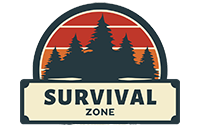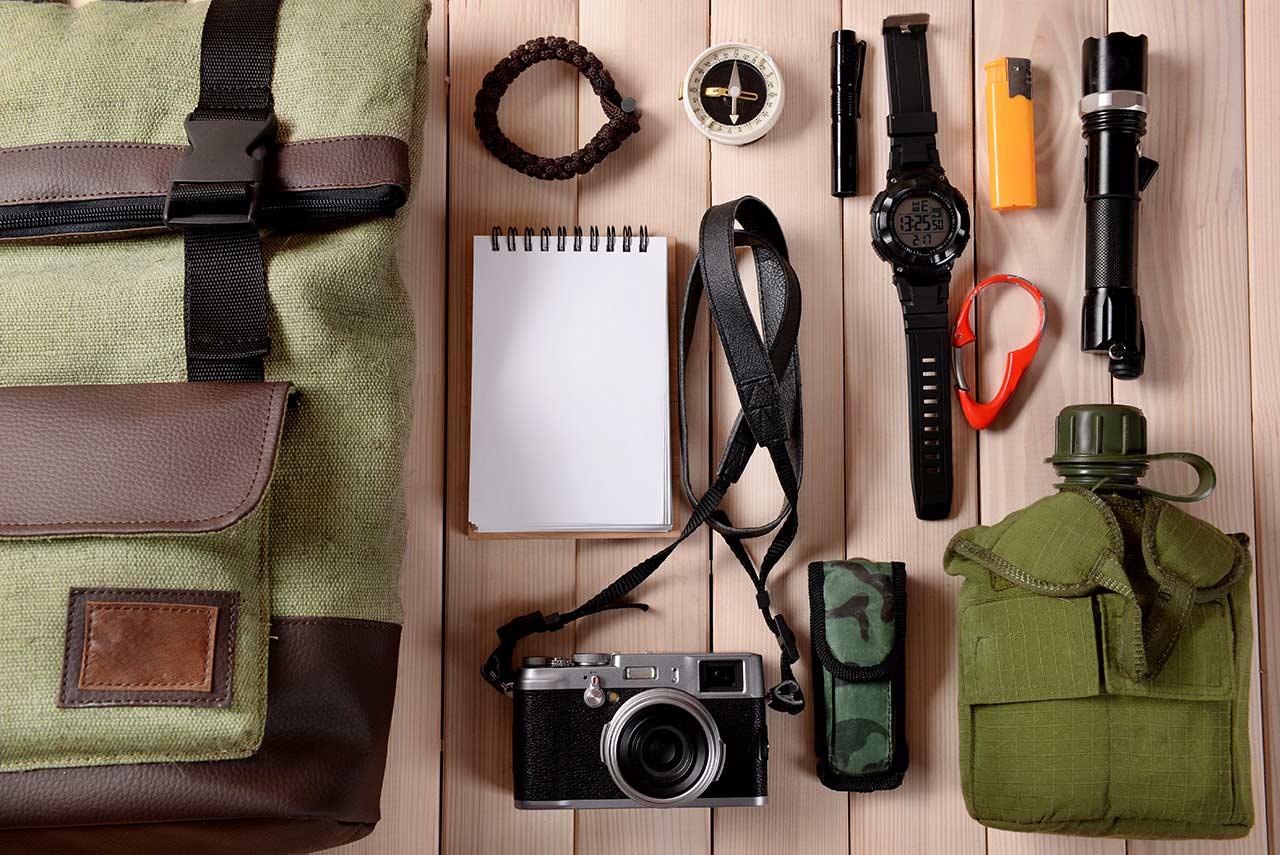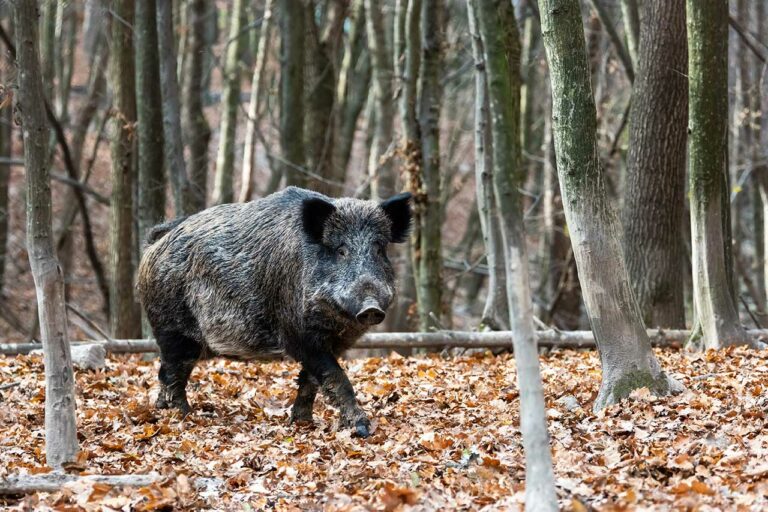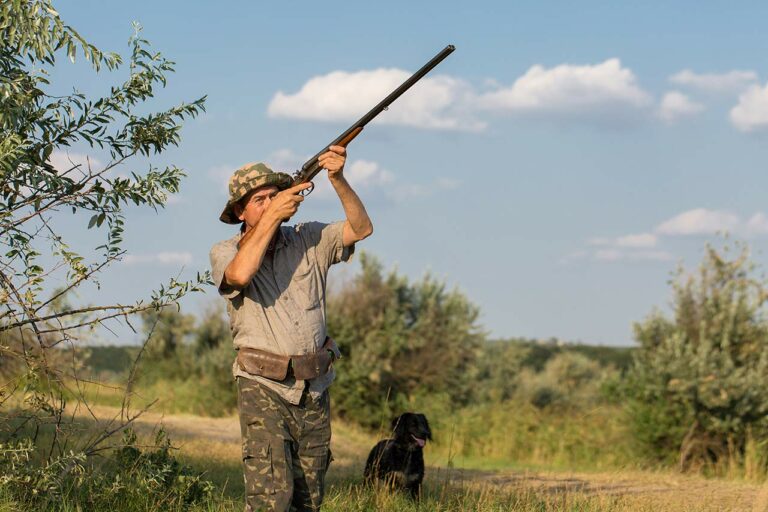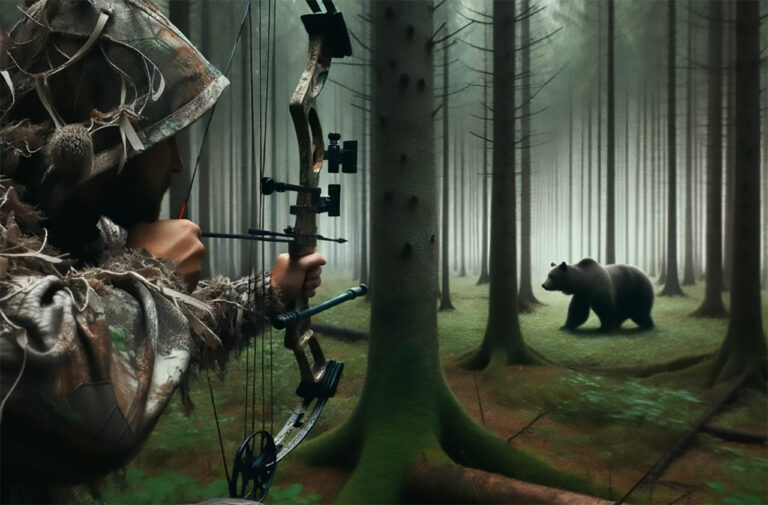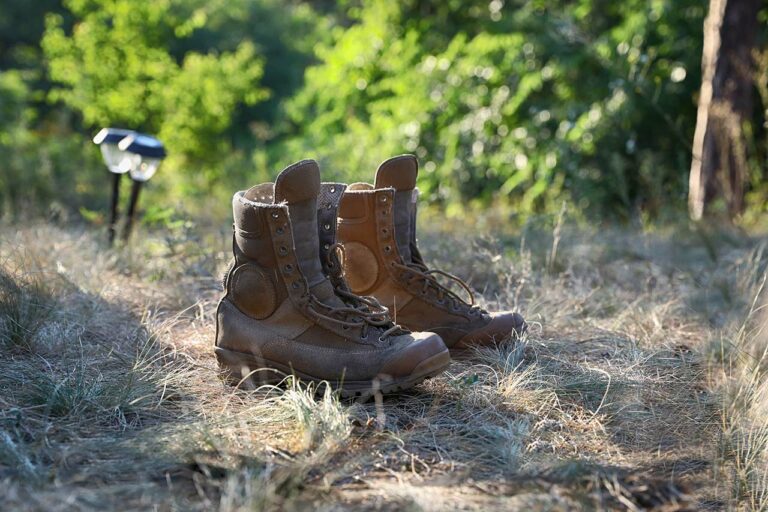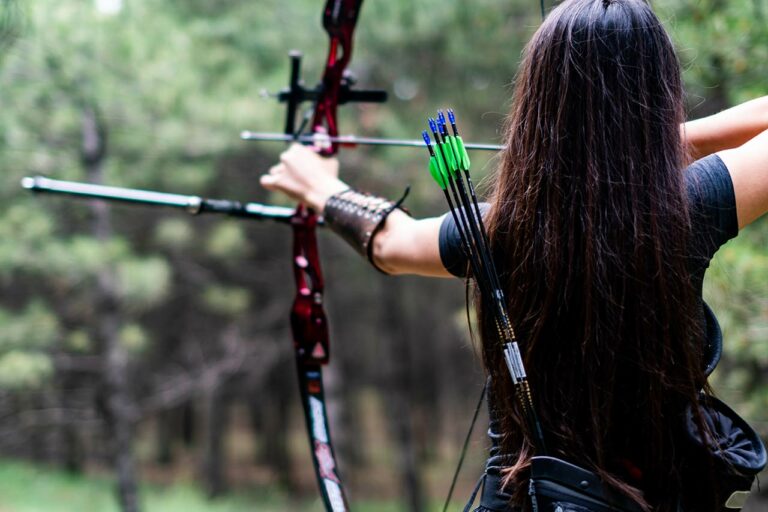Hunting Survival Kits: Essential Tools For Outdoorsmen
Hunting is an exciting and challenging outdoor activity that requires skill, patience, and preparedness. One crucial aspect of being prepared is having a well-equipped hunting survival kit. Whether you’re in the backcountry or just a few miles from civilization, a survival kit can make all the difference in keeping you safe and comfortable should emergencies arise during your hunting expeditions.
Hunting survival kits hold several pieces of equipment that can help in various situations, whether you’re navigating your way through unfamiliar terrain, treating injuries, or ensuring you have the means to stay warm and dry in harsh conditions. By stocking a good hunting survival kit, you’ll be more than ready to face whatever the wilderness throws at you.
Essential Components of Hunting Survival Kits
A good hunting survival kit has multiple components for a variety of uses.
Shelter Tools
While out hunting, it’s important to have proper shelter tools in case of emergencies. Some items to include in your survival kit that can provide shelter are a tent, tarp, or sleeping bag. Lightweight options like an emergency blanket or a space blanket are great choices for shorter hunting trips closer to civilization.
Navigation Tools
Getting lost in the wilderness can be dangerous, so make sure your kit has reliable navigation tools. A compass and map are essential, but also consider bringing a GPS device for added security.
First Aid Equipment
Accidents can happen during hunts, so a well-stocked first aid kit is an important piece of equipment. Items to include in your first-aid kit are:
- Gauze and adhesive bandages
- Antiseptic wipes and antibacterial ointment
- Butterfly bandages and gauze pads
- Band-aids and prescription medication
- Tylenol and antibiotic ointment
These will cover most common injuries and help keep you safe in the field.
Hunting Equipment
Your survival kit should also have basic hunting equipment like a bow, firearm, or knife. Having backup options ensures you’re prepared for different situations and can increase your chances of success.
Fire Making Tools
Starting a fire is crucial for warmth, cooking, and signaling. Equip your kit with several fire-making tools like lighters, fire starters, waterproof matches, and firestarters. Mix and match these tools to make sure you can start a fire in any weather condition.
Water and Food Essentials
Include essential water and food supplies in your kit to increase your chance of survival if you’re stranded. Items like a water filter or purification tablets help convert contaminated water into safe drinking water, giving you more self-sufficiency in the wilderness. Pack non-perishable food items with a long shelf life, such as energy bars or canned goods, for nourishment that can last several days.
Additional Survival Tools
Along with your hunting survival kit necessities, some additional survival tools can be lifesavers in the wilderness. These include:
- Whistle and signal mirror for communication
- Multi-tool and paracord for versatility and repairs
- Duct tape for additional shelter and repairs
- Tweezers, fishing line, hooks, sewing kit, and SAM splint for medical issues
Packing Your Kit
When packing your hunting survival kit, it’s essential to select a reliable backpack that’s lightweight and durable. Your pack should comfortably fit all the necessary items without weighing you down. Start by creating a list of essentials, and prioritize items based on their importance and frequency of use.
Remember to pack flat items first, such as duct tape and aluminum foil. This technique allows for better organization and weight distribution. Next, include other vital items like water purification tablets and a whistle, ensuring they are easily accessible in your pack.
Stay mindful of the weight of your kit, as carrying a heavy load can hinder your mobility during a hunting trip. Opt for lightweight gear when possible, and avoid carrying duplicate items. Your survival kit should be a balance of comprehensiveness and practicality.
Here are some essentials to consider for your hunting survival kit:
- Navigation tools: Hand-held GPS unit, compass, and map
- Shelter: Lightweight tarp, space blanket or emergency bivvy, and paracord
- Fire-starting: Waterproof matches, lighter, and fire starter (e.g., tinder, cotton balls)
- Water purification: Purification tablets, portable filter, and collapsible water container
- First-aid: A compact assortment of bandages, gauze, pain relief medication, and any personal medications
- Tools: Multi-tool, sturdy knife, folding saw, duct tape, and zip ties
- Signaling: Whistle, mirror, and flares
- Food: High-energy, non-perishable snacks such as energy bars, jerky, and trail mix
Properly organizing and packing your hunting survival kit is key to ensuring your kit doesn’t become too cumbersome while you’re on the hunt.
Customizing Your Hunting Survival Kit
While the items above will serve most hunters well in a survival kit, it can be beneficial to customize your hunting kit for your specific circumstances or the season. Some factors you might want to take into consideration include:
Environment and Terrain
Different climates and locations require diffent gear. If you’re hunting in a colder region, pack additional fire-starting tools and thermal blankets. If you’re in a warmer area, consider including extra water purification tablets and sun protection.
Game
Consider the types of game you’ll be hunting. For big game, make sure your hunting survival kit includes a sturdy knife or multi-tool, appropriate ammunition, and a compact saw for field dressing. If you’re after small game, wire snare traps and a lightweight slingshot might be more suitable additions.
Other Additions
To further customize your hunting survival kit, take into account your personal preferences and expertise. Are you skilled at using a compass and map? Include them in your kit instead of relying solely on a GPS device. If you have prior experience with certain brands or tools, stick to what you know and trust. This will give you added confidence in your gear during critical moments.
When customizing your kit, just keep it compact and lightweight to avoid unnecessary burden. Opt for multi-functional items whenever possible and streamline your gear. This way, you can be better prepared, more efficient, and focus on enjoying your hunting experience.
Frequently Asked Questions
Which is better for a hunting survival kit: DIY or store-bought?
Both DIY and store-bought hunting survival kits have their advantages and disadvantages. With a DIY kit, you have the ability to customize the contents to suit your specific needs, preferences, and the environment in which you’ll be hunting. This can be beneficial, as it allows you to include items that you’re familiar with and that work best for you.
Store-bought kits often come with the essential tools and supplies prepackaged, which can save you time and effort. These kits are also typically designed by professionals who have considered the needs of a wide range of hunters, so they can be well-rounded and reliable options.
Ultimately, the best choice for you will depend on your personal preferences, skill level, and budget.
Are there any hunting survival kits specifically designed for extreme weather?
Yes, there are hunting survival kits designed for use in extreme weather conditions. These kits typically include items that are tailored to the specific challenges posed by the environment, such as additional insulation, waterproof matches, or an emergency blanket.
When shopping for a survival kit designed for extreme weather, be sure to carefully review the contents to ensure that they meet your needs and are suited for the specific conditions you may encounter during your hunting expeditions.
How do I maintain and update the contents of my survival kit over time?
Proper maintenance and regular updates of your hunting survival kit are essential to ensure its effectiveness. Follow these steps to help maintain and update your kit:
- Check expiration dates: Keep an eye on the expiration dates of food, water, and medical supplies, and replace them as necessary.
- Inspect tools and equipment: Regularly inspect your tools and equipment for damage or wear, and be prepared to replace or repair them as needed.
- Stay informed: Keep up-to-date on new products, techniques, and best practices in the world of hunting survival. This might include attending workshops, reading articles, or consulting with other hunters or experts.
- Test your gear: Before each hunting season, practice using your survival kit in a safe and controlled environment. This ensures that you are familiar with your gear and can be confident in its performance when you need it most.
- Adjust for your needs: As your hunting skills and preferences evolve, you should also update your kit to match. This could involve adding or removing items, or making other adjustments to keep the kit relevant and useful for your specific needs.
By staying proactive and engaged in the upkeep of your hunting survival kit, you’ll be more prepared and increase your chances of success and safety in the field.
